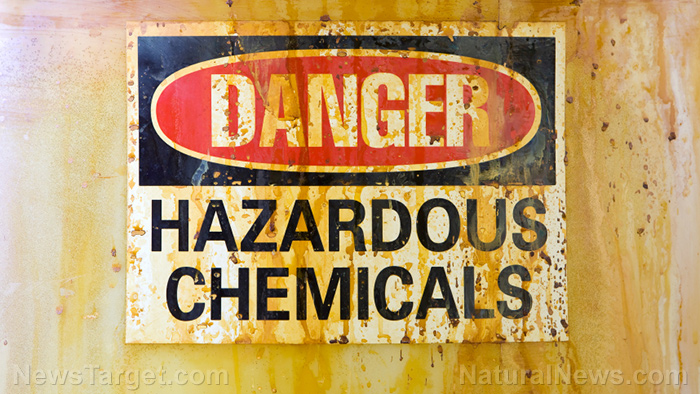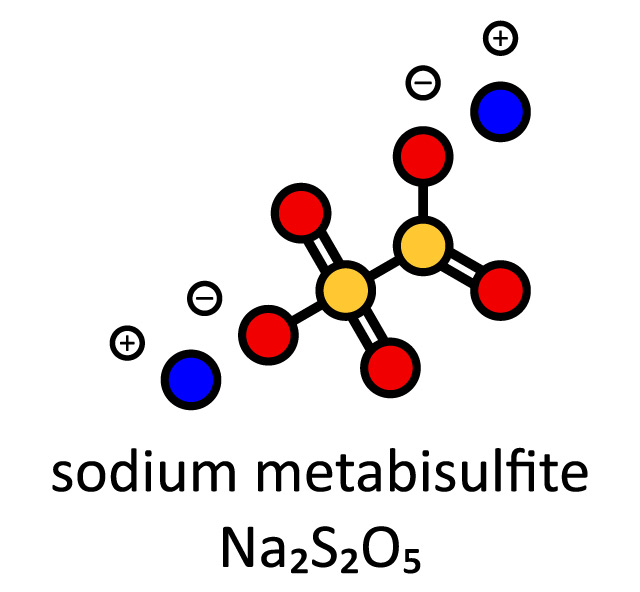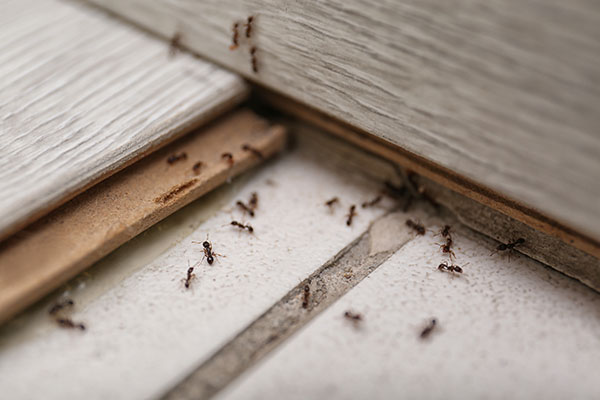 Parler
Parler Gab
Gab
- A groundbreaking study from the Keck School of Medicine of USC has identified perfluoroheptanoic acid (PFHpA), a "forever chemical," as a major risk factor for a severe form of fatty liver disease in adolescents with obesity.
- Teens with double the amount of PFHpA in their blood faced an 80% greater likelihood of being diagnosed with metabolic dysfunction-associated steatotic liver disease (MASLD).
- Higher PFHpA exposure was linked to more advanced liver injury, including dangerous inflammation and fibrosis, which are precursors to cirrhosis and liver cancer.
- Using advanced 3D liver models, scientists demonstrated that PFHpA disrupts core biological functions, including inflammation and lipid metabolism, providing a clear mechanism for the damage observed in young patients.
- This research sounds a dire alarm about the cumulative impact of thousands of unregulated forever chemicals on the long-term health of children, whose developing bodies are most vulnerable to their toxic effects.
A ticking time bomb in adolescent livers
The study, published in Communications Medicine, moves beyond simple observation to deliver a powerful, mechanistic indictment of PFHpA. Researchers analyzed data from the Teen-LABS cohort, the largest U.S. study of pediatric bariatric surgery. In this vulnerable population, where MASLD already affects more than 30% of individuals, the addition of PFHpA exposure dramatically worsened the prognosis. This is not merely a correlation; it is a causal pathway illuminated by science. The researchers then exposed laboratory-grown human liver spheroids to PFHpA, confirming that the chemical directly wreaks havoc on cellular functions, creating a distinct molecular signature of liver damage. "Our research goes beyond simple associations," said lead author Brittney O. Baumert, Ph.D., MPH. "Using a translational science approach by bridging bench science and epidemiological research, we are uncovering how these chemicals alter liver biology at the cellular level." This is the toxicant-induced fatty liver disease hypothesis in action. It posits that environmental chemicals are active drivers of the MASLD epidemic, not just bystanders. While poor diet remains a factor, the idea that a chemical pollutant can single-handedly increase a child's risk of severe liver disease by 80% reframes the entire conversation. The liver, the body's primary detoxification organ, is being overwhelmed by a synthetic compound it cannot process, leading to a cascade of metabolic failure.The insidious nature of the "forever chemical" threat
Why is this finding so particularly alarming? PFHpA is a member of the per- and polyfluoroalkyl substances (PFAS) family, often called "forever chemicals" because they do not break down in the environment or the human body. They accumulate, dose after dose, year after year. They are inescapable, used in everything from food packaging and waterproof clothing to non-stick cookware and cosmetics. They have contaminated nearly half of all U.S. water systems. This means every sip of water, every bite of food from certain packaging, and every use of a common household product could be adding to the toxic load a child carries. Furthermore, PFHpA represents a new wave of this chemical threat. As older, better-known PFAS like PFOA and PFOS are phased out due to health concerns, industry has simply shifted to shorter-chain replacements like PFHpA. These were marketed as safer, but the science now reveals that to be a dangerous fallacy. "PFHpA is not as well-known as the legacy PFAS like PFOA or PFOS, but our findings show it may pose comparable risks to human health," said the study's senior author, Lida Chatzi, MD, Ph.D. "This underscores the urgency of regulating not just the PFAS compounds we already know a lot about, but the broader class of emerging chemicals that communities are being exposed to every day." This is a classic bait-and-switch, where one poison is replaced by another, with the public's health held in the balance.Protecting a generation from a preventable fate
Metabolic dysfunction-associated steatotic liver disease is not a benign condition; it is a progressive illness that can lead to liver transplantation and significantly increases the risk of type 2 diabetes and cardiovascular disease. To discover that a modifiable, man-made environmental exposure is a primary driver in young people is both a tragedy and a call to arms. How many children are walking around with this silent, chemical-induced damage, their health futures already compromised? The solution requires a radical shift in policy and perception. Tinkering at the edges with voluntary industry reductions is no longer sufficient. The findings from USC demand an outright ban on the entire class of PFAS chemicals in consumer products and strict enforcement of environmental remediation. We must treat this with the same urgency as lead abatement. For parents, the burden is unfair but real: vigilance is required. Seeking out PFAS-free products, investing in high-quality water filtration, and supporting organic agriculture are becoming necessary acts of defense. The research from the USC ShARP Center is a stark warning. The health of our children is being mortgaged for corporate convenience, and the bill, in the form of a chronic disease epidemic, is coming due. Sources include: MedicalXPress.com Nature.com Enoch, Brighteon.comSodium metabisulfite: The toxic preservative hiding in processed foods
By Laura Harris // Share
The ant-killing secret big chemical companies don’t want you to know
By Zoey Sky // Share
Rising AI use coincides with job losses and growing mental health issues
By Finn Heartley // Share
Infected lab monkeys ESCAPE after Mississippi highway crash, sparking public health concerns
By Ramon Tomey // Share
Rising AI use coincides with job losses and growing mental health issues
By finnheartley // Share
New study confirms: CHEMOTHERAPY causes permanent HEART DAMAGE
By ljdevon // Share








